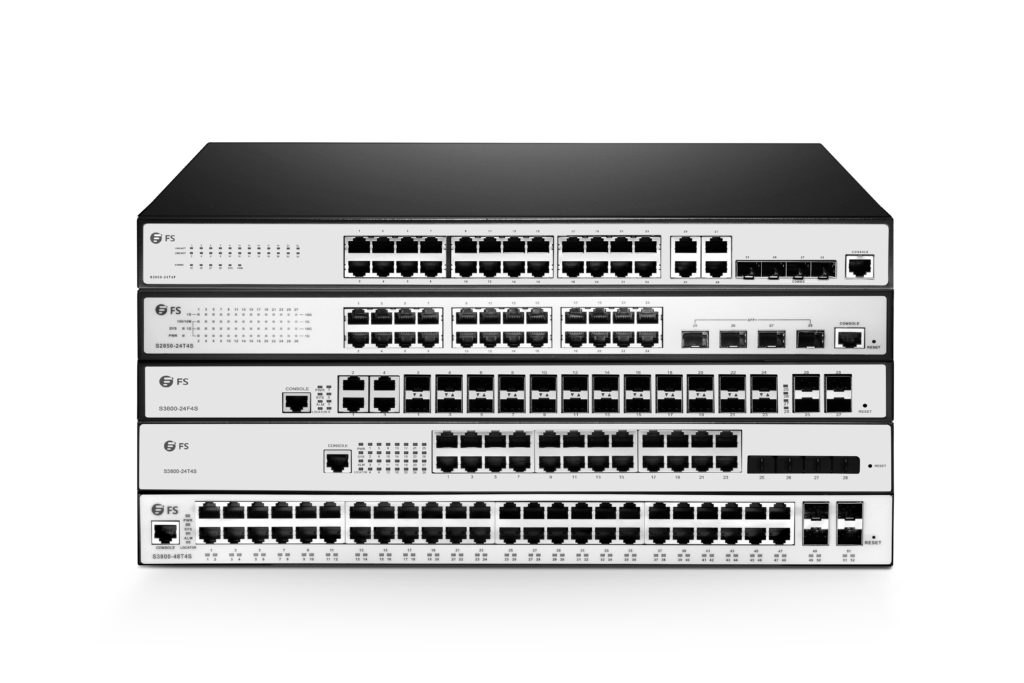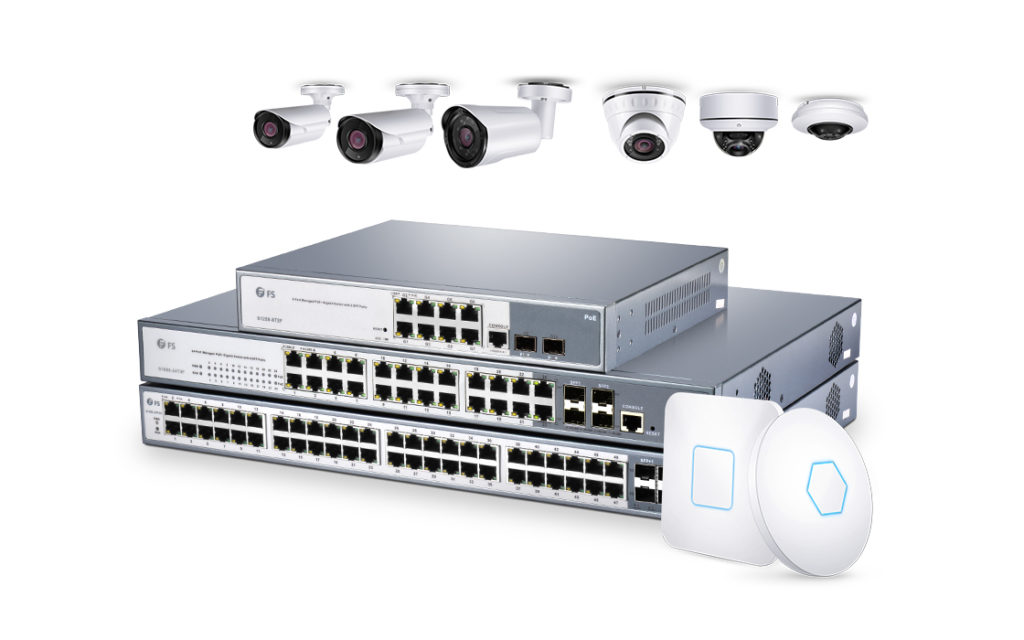Category Archives: Fiber Optic Switch
What Are the Commonalities of Switches Supporting Cumulus Linux
As the first full-featured Linux based operating system (OS), Cumulus Linux has injected great possibilities and new vitality in networking field in these two years. Due to its great effort in open networking, Cumulus Linux has been one of the three leading OSs in the market. The another two are IP Infusion OcNOS and Pica8 PICOS. Recently, the collaboration between FS and Cumulus Networks has been made. The N-series open switches from FS will be pre-installed the latest Cumulus Linux OS to customers. At the moment of their joint effort in achieving open networking, we are going to make an analysis of the similar features of the open manageable switch supported by Cumulus Linux.
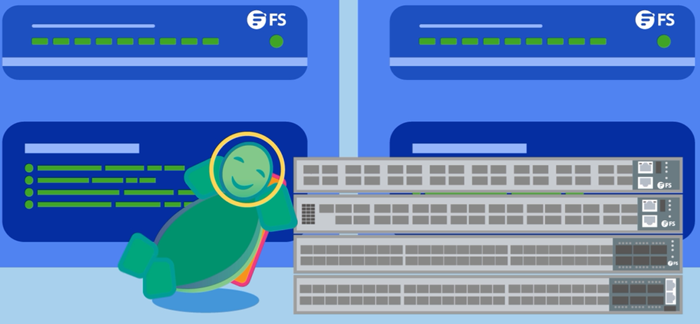
Figure 1: FS Collaborates with Cumulus Networks
An Overview of Cumulus Linux
Cumulus Linux is a flexible open network operating system, which can be installed on various open switches, including the layer 2 switch and layer 3 switches. The code used to build Linux is free and available for users to view or edit. Therefore, it looks like the world’s largest data center that allows users to automate, customize and scale using web-scale principles. After the installation of the Cumulus Linux OS, the open switch can act as a Linux server.
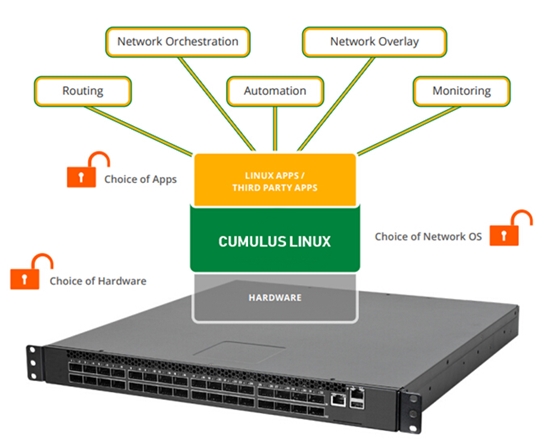
Figure 2: Cumulus Linux
Similarities of Open Switches Supporting Cumulus Linux
Featured with supporting a broad partner ecosystem, the Cumulus Linux gives customers more options and flexibility in data center networking regarding switch type, CPU, chip type, and supported transceivers.
Generally, open switches that support Cumulus Linux are bare mental switches coming with open network install environment (ONIE). In that case, no matter you have a brite box switch like Cisco switch, or a white box switch like FS switch, Cumulus Linux can be accessible to them. Nowadays, in the market of open switches, the 32-port and 48-port switches with 40G/100G transmission speed are commonly applied by enterprise users. Considering their high-density and greater agility needs for networking, the open switches are mostly layer 3 switches so as to achieve spine-leaf or overlay architectures.
The open switch CPU that supports Cumulus Linux OS usually comes in three types: ARMv7, PowerPC, and x86_64. Among these three types, x86_64 is the most popular one, adopted by most vendors, such as Dell, HPE, Mellanox, and FS.
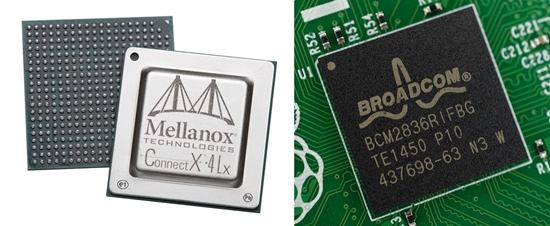
Figure 3: Chips of Open Switches
Currently, Broadcom chip and Mellanox chip are the major roles of switch chip. The Mellanox type is usually used by Mellanox itself or Penguin. Therefore, the Broadcom type dominates the largest switch chip market share, installed by the most brand vendors or the third party suppliers.
Since most open switches support high-speed transmissions, the matching transceivers are QSFP28, QSFP+, and SFP28. Only some 10G and 1G open switches will need to use SFP+ and SFP transceivers. By the way, viewing the trend, you will find 25G Ethernet has been deployed by many enterprise users in recent years for high bandwidth need. Accordingly, the 25G open switch has been a more economical and efficient choice than 1G or 10G switches. Also, the 25G switch will be the best solution to pave the road for the upcoming 100G/400G Ethernet in the future.
Summary
Just like the agility and simplicity the Cumulus Linux has advocated, it brings a truly economical and open network environment for users. With so many choices for open switch type, CPU, chip, and supported transceivers, it liberates the choices for open switches, which begets an open networking market in the end.
Open Switch—One Contributor to Open Source Network
With the higher and higher demand for network agility and scalability, traditional networking has been no longer satisfying. In that case, the open source network has been an urgent need. To meet with this new trend, here comes our open switch, a great contributor to the open networking.
What Is Open Switch?
Open switches refer to switches in which the hardware and software are separate components that can be changed independently of each other. That means you will gain more flexibility to tailor your own network switch. Conventionally, the open source switch in the market can mainly be classified into the bare metal switch, white box switch, and brite box switch.

Figure 1:Open Switch
The open hardware means the hardware of an open switch can support multiple operating systems (OS). This is in contrast to closed switches, in which the hardware and software are always purchased together. For example, if you buy a Juniper EX or MX you also buy JUNOS; if you buy a Cisco Catalyst switch you buy IOS. However, things will be different with open switches. In the context of that, no matter which type of open source switch you are using, it’s possible to support many operating systems instead of a proprietary one. By the way, the hardware manufacturers of the open switch are primarily Taiwanese, including Accton, Quanta QCT, Alpha Networks, and Delta Computer. These same companies are original design manufacturers (ODMs) for many of the mainstream switch vendors.
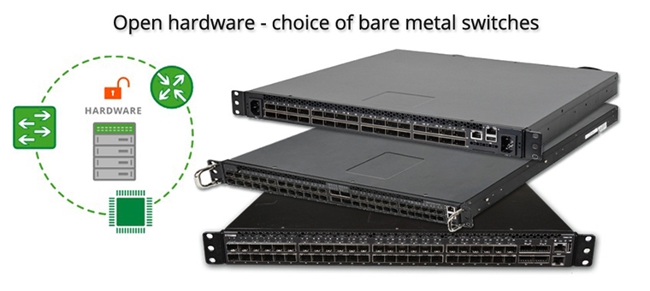
Figure 2: Open Hardware
The open software signifies that an OS can be run on multiple hardware configurations. As we mentioned before, you don’t need to buy an OS from the original brand of your switch hardware. For example, if you have Cumulus Linux, you can buy a layer 3 switch without a brand label. They still work well with each other. In the past, most people have no choice but to use brite box switch that integrates OS and hardware of branded suppliers. Now, with an open switch software, choices and economic efficiency will be largely expanded and improved. Generally, there are three popular open softwares in the market: Cumulus Linux, IP Infusion OcNOS and Pica8 PICOS.
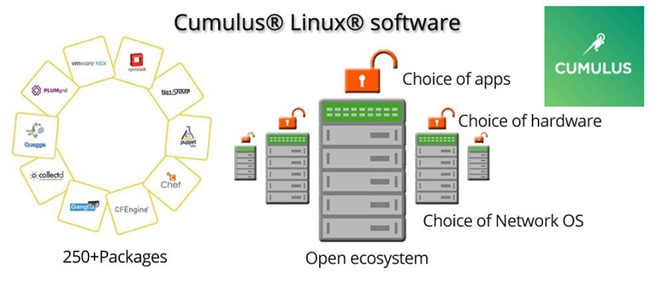
Figure 3: Cumulus Linux Software
Why Choose Open Switch?
- With an open source switch, more flexibility, and options can be enjoyed. There is no need to configure your switch as in the past or wait for vendors to release new software or hardware.
- It brings the open source network to operators, enterprises, third-party vendors and network users, accelerates the innovation speed of new services and functions of the network deployment, and takes users closer to SDN (software-defined network) and NFV (network functions virtualization).
- The network simplicity and reliability can be improved through the automated centralized network device management, unified deployment strategies, and fewer configuration errors.
- The network flexibility and scalability have been greatly increased, which will also save much cost and time for IT workers and enterprises.
Summary
In this post, we make an exploration of the open switch. From the introduction to its hardware, software, and benefits, we can understand why the open switch has been a great facilitator for open networking.
10GbE RJ45 Switch Recommendations
Over the years, the advent of more affordable 10GBASE-T copper solutions has seen growing adoption. And modern business, from sales and marketing to technical support and service, has become increasingly dependent on a fast and reliable network. With a 10GbE RJ45 switch, people can better manage and protect their networks, avoiding network congestion at busy time and shortening the response time to customers and then bring new products to the market faster. Here, we’ll recommend some 10GbE RJ45 switches for your references.
The Reason of Choosing 10GbE RJ45 Switch
10GbE means the speed will be 10 times faster than a normal Gigabit network. Visually, there’s no difference. But if you need to copy large files, a 10GbE switch is necessary. However, why we use the RJ45 type, not the fiber one? Because RJ45 ports can be connected by the copper cables which are something we all are used to. And SFP switch is popular in data centers, which needs to be connected by the expensive fiber cables. RJ45 switch is better since it can be backward compatible with people’s older computers. This is a perfect solution for home use or SMB, since these users would not like to cost too much to buy fibers or new optical equipment. Therefore, a 10GBASE-T switch is their first option.
FS 10GbE RJ45 Switch Recommendations
As a reputable supplier, FS understands the importance of reliable and high performance networks for home users and SMB users. The 10GbE RJ45 switches from FS present the right solution for these users. The following are two RJ45 switches from FS.
|
S5800-48F4S
|
S5850-48T4Q
|
|
|
Description
|
48-port 1Gb SFP and 4-port 10Gb SFP+
|
48 x 10GBase-T ports and 4 x 40Gb uplinks
|
|
Switching Class
|
Layer2/3
|
Layer2/3, data center, Metro
|
|
Switching Capacity
|
176Gbps
|
1.28Tbps
|
|
Forwarding Rate
|
130.95Mpps
|
952.32Mpps
|
|
Latency
|
2.3us
|
612ns
|
S5800-48F4S and S5850-48T4Q switches come with different port designs. With different switching capacity and forwarding rate, they are made to meet various demands.
Both S5800-48F4S and S5850-48T4Q 10GBASE-T switches provide comprehensive L2 or L3 features like MLAG, SNMP etc. in order to meet current and future needs on virtualization, converged networking and mobility. Each port can automatically detect which device is connected to the switch and what speed is needed, then support the device with sufficient speed. Both S5800-48F4S and S5850-48T4Q data switches will give the exact speed like 100MB, 1, 5 or 10 Gigabit that is required without downgrade. In addition, the ports of these switches can be connected with regular Cat5 cables. As a result, there is no need to change into Cat6 or Cat7 wiring. Also, FS data switch uses a Web-based management. Users can easily manage the device through a handy Web-based tool.
Conclusion
10GbE RJ45 switch is the ideal choice for small businesses that want an affordable network switch solution. Whether you are working with a small network of just 10G connections, or a large campus or enterprise network with higher links speed, FS has the right switch for you. Any question about buying issues, please feel free to contact us via sales@fs.com.
How to Choose a Gigabit Network Switch?
Gigabit network switch is the most commonly used equipment in data centers. Before choosing the best network switch for the current or future network, people can type “Ethernet switch” into the online shopping site or search engine, they may find a ton of listings for switches of all kinds and price levels. It’s not an easy job to find one. Then how to choose a Gigabit network switch in order to avoid buying the wrong device or overspending needlessly?
Figure: Gigabit network switch is widely used.
Types of Gigabit Network Switch
Gigabit Ethernet switch can be divided into unmanaged, managed and PoE categories.
Unmanaged switches use the plug-and-play design that means they only allow Ethernet devices to communicate with one another. They are shipped with fixed configuration and don’t allow any changes to this configuration. This type of network switch is normally found in home networks or small business.
Managed switches offer all the features of unmanaged switches and are capable of configuring, managing and monitoring one’s LAN. Users have greater control over how data travels over the network and decide which one has access to it.
PoE switches support electrical power and data transmission over one network cable, which will greatly simplify the cabling process. Using a PoE switch, people don’t need to worry about power outlet when deploying network devices.
Features of Gigabit Network Switch
With a network switch, users can have different networked devices on their desks as well as bandwidth-intensive applications that require high rates of data transmission and no tolerance for congestion. These switches are the basics of modern wired network. They can not only provide the connections to PCs and other devices in a wide variety of fields, but also support the cloud storage of servers. With new trends like SDN and the IoT transforming the industry, people have to get the features that they need from the switches, so that they would know which switch is the one that they need.
How to Choose a Gigabit Network Switch?
Here are the most important facts you should consider when choosing a Gigabit network switch.
- Choose the role of the switch. If you are just looking for a device to extend your wired network at home, one unmanaged switch is suitable. And an 8 port Ethernet switch or 12 port switch is enough for home network. If you want to find a switch for a large network, you may buy one or more managed switches acting as core switches. 24 port and 48 port PoE managed switches are the right choice.
- Choose the forwarding rate of the switch. Gigabit switches have different processing rate. Processing and forwarding data rates are very important. The processing rate becomes lower, the forwarding rate will be slower. This may make the switch unable to accommodate full wire-speed communication across all the ports. So people should figure out what forwarding rate they need before buying a Gigabit switch.
Conclusion
From the above, we know how to choose a Gigabit network switch. If you have decided to buy a network switch, welcome to visit FS.COM. FS has a good selection of 10Gb switch, 40G or even 100G switch and PoE switch for home and office users.

